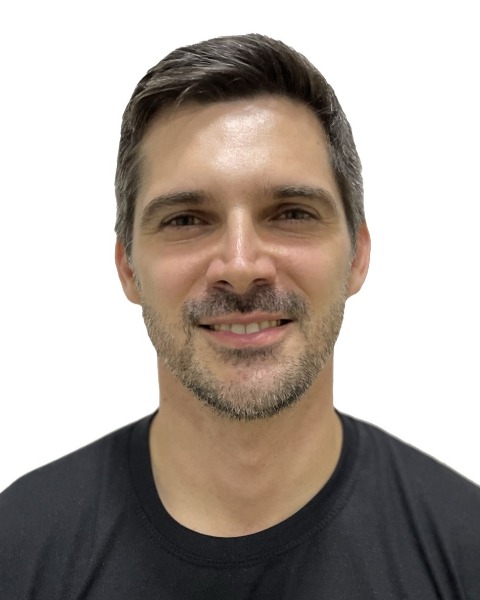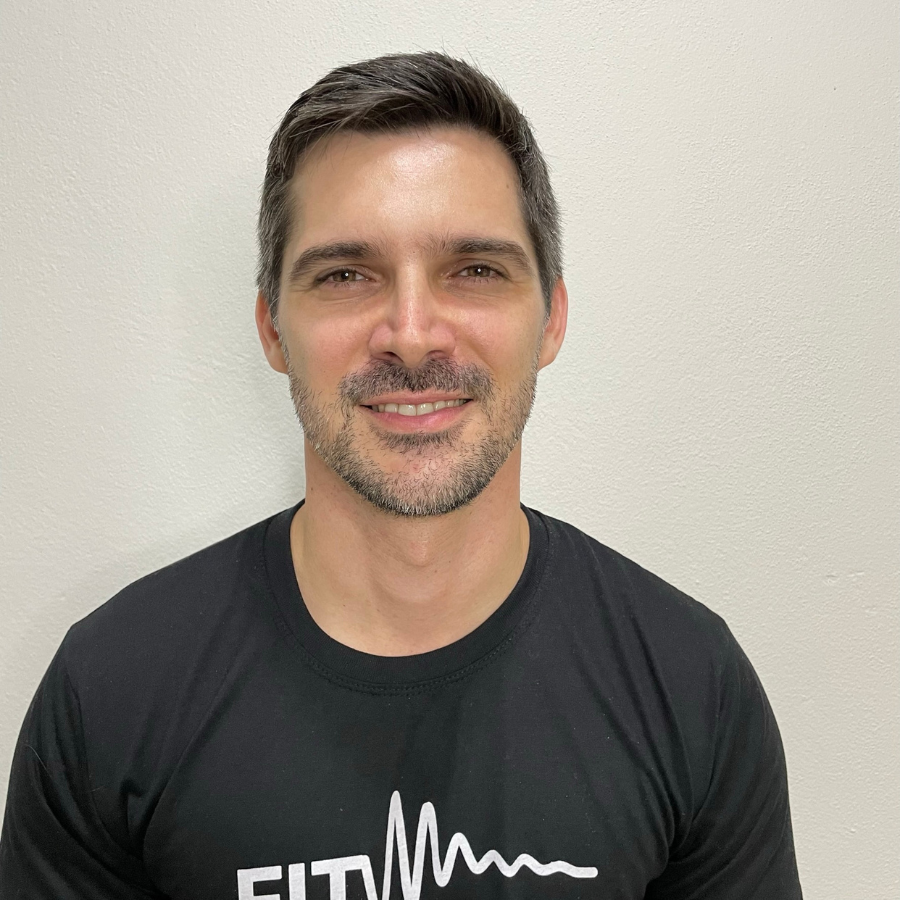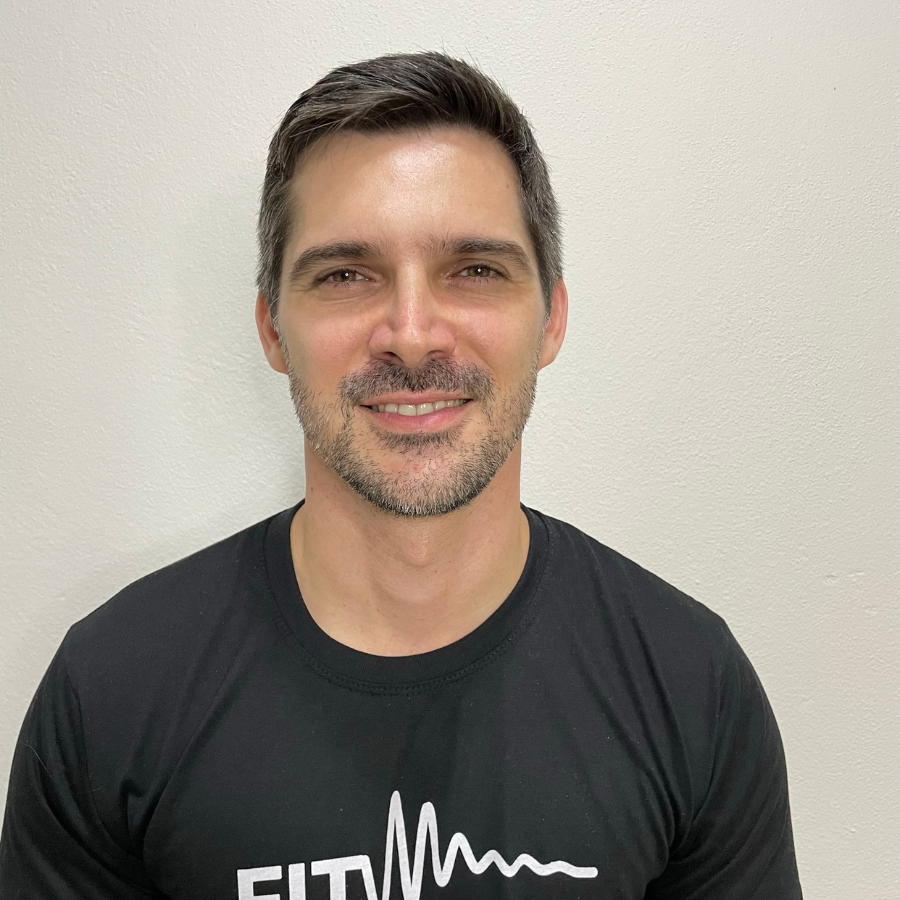2024 Posters
Analytical
Quantification and characterization of carnauba wax content in oleogels with polyunsaturated vegetable oils using TD-NMR as a tool for process control

Daniel Martelozo Consalter, PhD (he/him/his)
CEO
FIT - Fine Instrument Technology
Sao Carlos, Sao Paulo, Brazil
Luiz Alberto Colnago (he/him/his)
Researcher
Embrapa, Sao Paulo, Brazil- CC
Cristina Consalter (she/her/hers)
Application Coordinator
Fine Instrument Technology, Sao Paulo, Brazil - SA
Silvia Azevedo (she/her/hers)
CIO
Fine Instrument Technology, Sao Paulo, Brazil - RH
Rodrigo Henrique dos Santos Garcia
Researcher
University of Sao Paulo, United States - YF
Yuri Fahl Santos
Researcher
Embrapa, Sao Paulo, Brazil - LS
Luisa Souza Almeida
Researcher
University of Sao Paulo, Sao Paulo, Brazil - TT
Thais Juliana Tobias
Researcher
University of Sao Paulo, Sao Paulo, Brazil 
Lucas Topp
Operational Manager
Fine Instrument Technology, Sao Paulo, Brazil
Presenting Author(s)
Co-Author(s)
Oleogels represent a cutting-edge technology to obtain solid-like products for food processing that utilizes substantial quantities of unsaturated vegetable oils and natural waxes, including Carnauba. In oleogels the oils are entrapped within a three-dimension (3D) wax network through several interactions like Van der Waals. Carnauba wax (CW) has been used in oleogels preparation up to 10% using polyunsaturated vegetable oils (V). In this work we have successfully determined the level of CW in oleogels ranging from 1% to 16% using transverse relaxation time (T2) measurements. These measurements were obtained using CPMG pulse sequence in a Specfit HRC27 (0.5 T) instrument with data acquisition at 40oC. The T2 values, a parameter from nuclear magnetic resonance (NMR), shows a linear and negative correlation coefficient (univariate analysis r= - 0.99) within the evaluated concentration range. This high correlation indicates that the oil mobility is reduced with the concentration of wax, agreeing that the oil is strong interacting with 3D wax network. Multivariate regression of the NMR method called CPMG and Wax content obtained gives the following figure of merits: r² = 0.91, RMSE = 1.33 (calibration) and RMSEP = 1.80 (external prediction), a high estimative of the predictive ability of the model (Q² = 0.85), and low standard errors for calibration and prediction. Therefore, performing T2 measurements using a TD-NMR provides a precise and efficient technique for quantifying the wax content in oleogel. This method is essential for ensuring quality and control in the manufacturing process. The T2 measurement offers severale advantages over SFC measurements. It can be measured using standard TD-NMR probes, without short dead time and can be used in very large sample. The method could also be applied for the quantification of oleogel prepared with other oils and waxes.

.jpg)